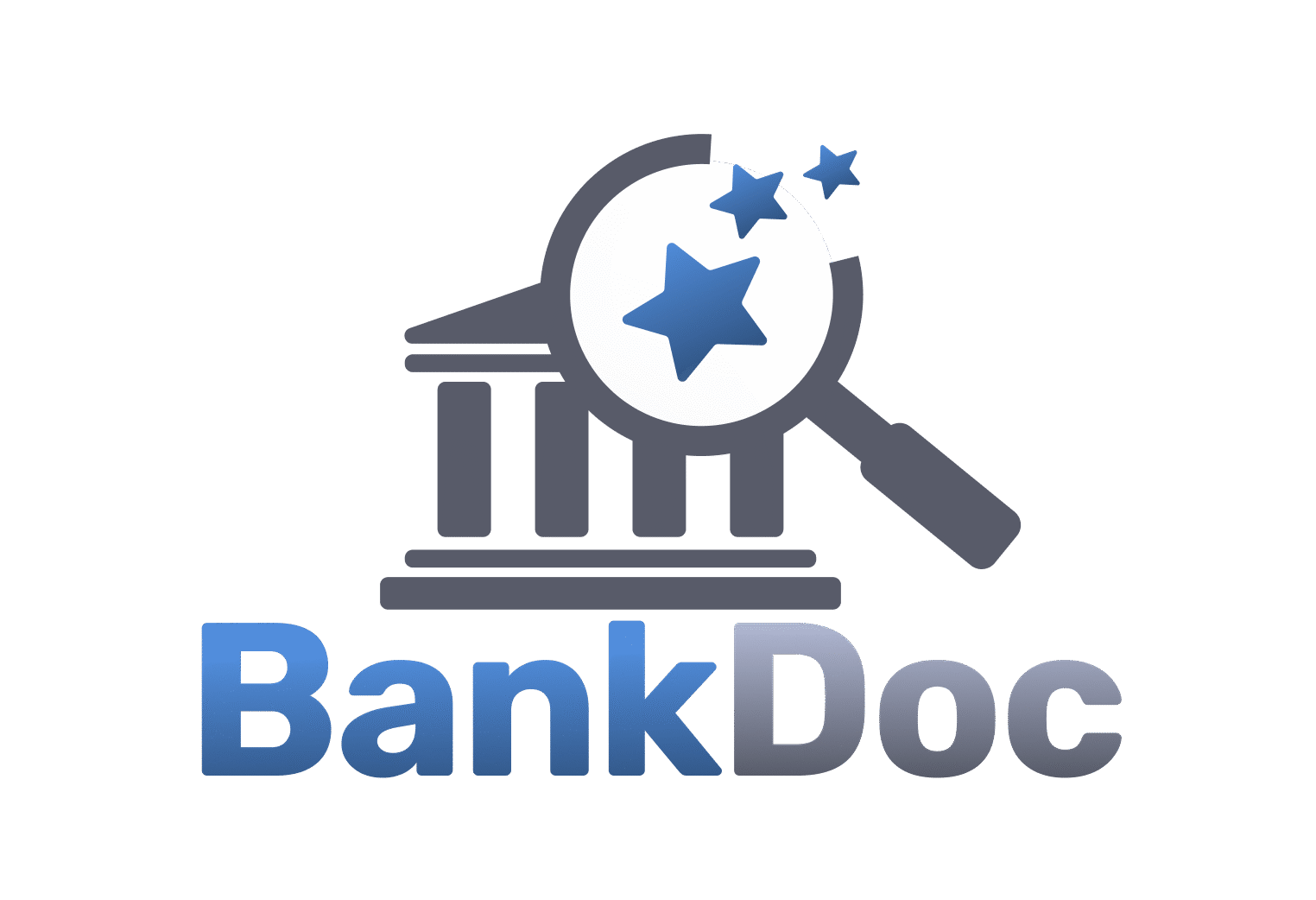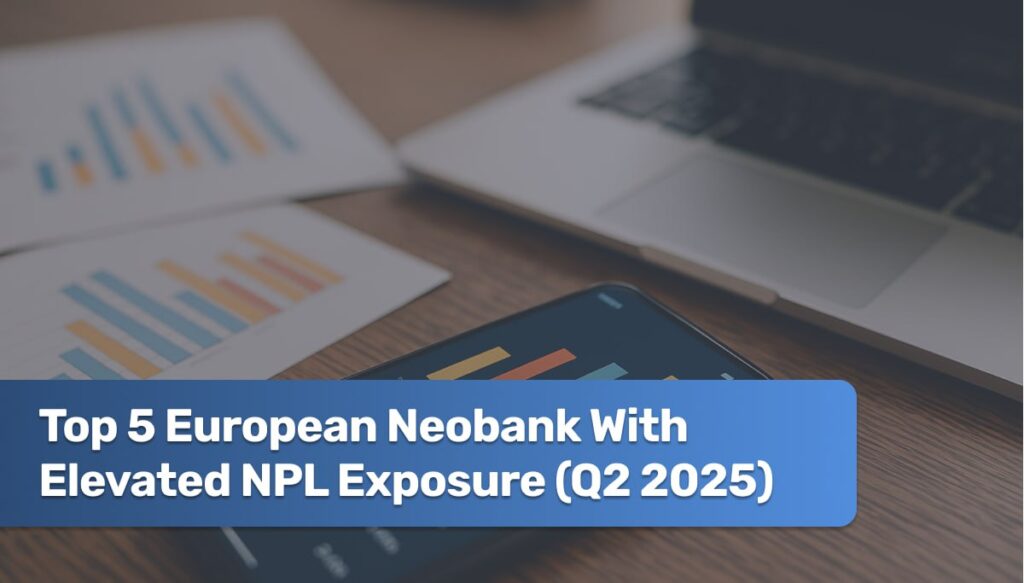In recent years, Europe’s digital-only banks—or neobanks—have revolutionized personal and business banking with slick mobile apps, low fees, and innovative financial services. Yet as these fintech disruptors expand their lending portfolios, credit quality has become an increasingly important barometer of their long‑term stability. At the heart of this analysis lies the Non‑Performing Loan (NPL) ratio, a critical metric that reveals the percentage of loans in distress or default. In this article, we explore the top five European neobanks exhibiting the highest NPL exposure in 2025, dissecting the underlying factors—such as aggressive growth strategies, economic headwinds, and evolving credit underwriting practices—that have driven their loan books into riskier territory. Whether you’re an investor evaluating balance‑sheet resilience or a banking professional benchmarking risk management frameworks, understanding these NPL dynamics is key to navigating the next chapter of digital banking in the EU.
1. Starling Bank (UK)
- Indicators: Increased loan loss provisions from £34.5 million to £47 million in 2024, reflecting a cautious outlook on the UK economy.
- Context: Despite a 55% rise in annual pretax profit, the bank’s gross lending slightly declined to £4.7 billion, suggesting potential concerns over loan quality.Reuters
2. Zopa Bank (UK)
- Indicators: Transitioned from a peer-to-peer lending platform to a digital bank, inheriting a substantial personal loan portfolio.
- Context: The shift to traditional banking may expose Zopa to higher credit risks, especially in unsecured lending segments.
3. bunq (Netherlands)
- Indicators: Offers a range of financial products, including mortgages and business loans.
- Context: While specific NPL data is not available, the expansion into lending could increase exposure to credit defaults.
4. Revolut (UK/Lithuania)
- Indicators: Primarily generates revenue from transaction fees and interest on cash deposited with central banks.
- Context: Limited lending activities suggest a lower NPL ratio, but any future expansion into credit products could alter this risk profile.
5. N26 (Germany)
- Indicators: Focuses on current accounts and payment services with limited lending activities.
- Context: The minimal exposure to loans implies a low NPL ratio, but strategic shifts towards lending could impact this status.
Understanding NPL Ratios in Neobanks
Neobanks often maintain lower NPL ratios due to their limited lending activities and focus on digital payment services. However, as these institutions evolve and expand their credit offerings, monitoring NPL ratios becomes crucial to assess financial stability and risk management practices.
Conclusion
While specific NPL ratios for European neobanks are not publicly available, indicators such as increased loan loss provisions and expansion into lending services suggest varying levels of credit risk exposure. As neobanks continue to grow and diversify their financial products, stakeholders should closely monitor their risk management strategies to ensure sustainable operations.
Note: The above assessments are based on available information as of April 2025 and may be subject to change as new data emerges.
FAQ: European Neobanks with Elevated NPL Exposure
Non-performing loans (NPLs) are loans on which borrowers are significantly overdue—typically 90 days or more. They indicate potential credit losses and reflect the riskiness of a lender’s loan book.
Neo-banks generally operate with lower loan loss reserves compared to traditional banks. Elevated NPLs can strain their provisioning capacity and threaten profitability, especially when paired with a looser risk management approach
Although traditional banks typically hold more NPLs in absolute terms, neobank NPL ratios are rising. However, their reserve coverage for these loans is lower, exposing them to higher risk during economic stress
Q2 2025 data highlights rising credit stress in corporate segments—most notably small and medium-sized enterprises (SMEs) and commercial real estate (CRE)—with NPL ratios climbing to approximately 4–4.6% in these areas
Yes. EU-wide NPL ratios have edged up modestly—rising from around 1.86% in Q2 2024 to approximately 1.9% in Q3 2024—driven by weakening asset quality in several countries
High NPL levels can pressure neobanks’ financial stability. With tighter credit conditions, they likely face increased provisioning needs and lower profitability, signaling caution for investors and regulators
If neobanks must boost provisioning or tighten lending, they may raise interest rates, reduce loan availability, or shift focus to less risky assets. Customers could see fewer affordable credit options and stricter borrowing terms


